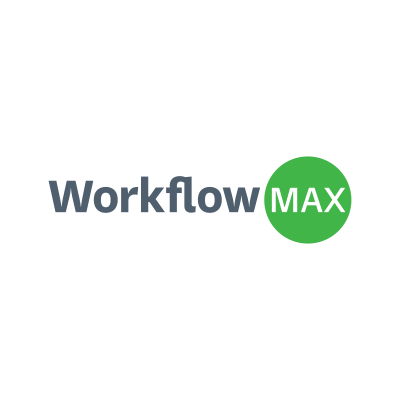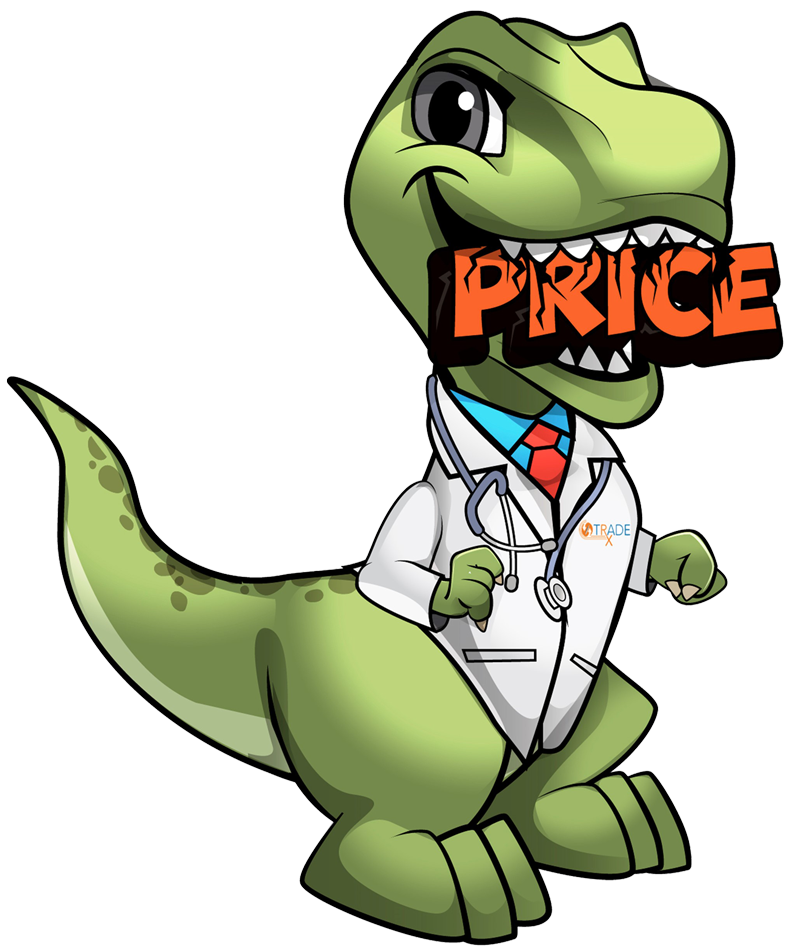Introduction
Selecting the right pharmacy management system is crucial for pharmacies to efficiently manage prescriptions, inventory, billing and more. However, with dozens of options on the market, it can be challenging to determine the best fit. This guide evaluates 11 leading pharmacy management systems based on key criteria to help you make an informed decision. We’ll look at features, pricing, integrations, support and more to highlight the strongest contenders for 2023.
Methods of Evaluation
Each solution will be evaluated based on the following criteria: capabilities and features, ease of use, pricing and costs, support offerings, integration options and third party reviews. We’ll also factor in other modern criteria like the number of backlinks, website traffic and keyword search trends to gauge overall awareness and market presence when ranking the top systems.
1. GE Healthcare Centricity pharmacy system
GE Healthcare Centricity pharmacy system is an integrated pharmacy management solution developed by GE HealthCare. As one of the leading medical technology and digital solutions companies, GE HealthCare has decades of experience in developing healthcare IT solutions for hospitals and health systems. The Centricity pharmacy system provides a comprehensive platform to manage all aspects of pharmacy operations from medication ordering and inventory to dispensing and billing.
Pros: Some of the key advantages of the Centricity pharmacy system include:
– Tight integration with Centricity EMR for seamless data sharing and workflow automation
– Robust medication safety features like drug-drug and drug-allergy checks
– Advanced analytics tools to track metrics, drive efficiencies and reduce costs
– Customizable workflows to suit different pharmacy models and needs
Cons: A potential disadvantage is that since it is tightly integrated with the Centricity EMR, changing EMR systems would require replacing the pharmacy system as well.
Pricing: Pricing for the Centricity pharmacy system varies based on the size and needs of the healthcare organization. GE Healthcare works with clients to customize solutions and provides both perpetual and subscription licensing options. Interested customers will need to request a quote from GE Healthcare sales representatives for accurate pricing.
Some key stats about the Centricity pharmacy system include:
– Used by over 500 hospitals worldwide
– Integrated with GE’s Centricity EMR platform which is used by thousands of hospitals globally
– Features an advanced analytics dashboard to track KPIs, costs, efficiency and more
– Supports both inpatient and outpatient pharmacies
2. Epic pharmacy management system
Epic is a leading provider of pharmacy management systems for hospitals and health systems. Founded in 1979, Epic develops software to help people get well, help people stay well, and help future generations be healthier. Their Epic pharmacy management system is a comprehensive solution for hospital pharmacies to manage medication-related workflows, inventory, and analytics.
Pros: Some of the key advantages of Epic’s pharmacy management system include:
– Tight integration with Epic EHR for a unified patient record and workflows
– Comprehensive features covering inpatient, outpatient, and specialty pharmacy needs
– Role-based security and workflows optimized for pharmacists, technicians and other staff
– Advanced analytics and reporting on medication utilization, costs and quality measures
Cons: One potential disadvantage is the need to use the full Epic EMR platform which represents a significant financial investment for healthcare organizations to switch to Epic’s ecosystem.
Pricing: Epic does not publicly disclose pricing for their pharmacy management system. However, as part of a larger EMR replacement project, the total cost of ownership including software licenses, implementation, training and ongoing support is usually in the tens of millions of dollars range for large healthcare organizations.
Some key stats about Epic’s pharmacy management system include:
– Used by over 250 hospitals and health systems in North America
– Integrated with Epic’s broader EMR platform used by over 250 million patients
– Supports complex workflows for inpatient, outpatient, and specialty pharmacy settings
3. Cerner Pharmacy dispensing system
Cerner Pharmacy dispensing system is an integrated pharmacy management solution developed by Cerner Corporation, the global leader in healthcare technology. The system is designed to manage pharmacy workflows across the healthcare continuum including inpatient, outpatient, and retail pharmacies.
Pros: Key advantages of Cerner Pharmacy dispensing system include: seamless integration with Cerner EHR solutions for a unified patient record, advanced formulary management tools to streamline formulary compliance and reporting, robust dispensing workflows and medication profiles to optimize pharmacy operations.
Cons: A potential disadvantage is the higher upfront and ongoing licensing costs compared to some competitors due to Cerner’s position as a market leader with additional capabilities and support.
Pricing: Pricing for Cerner Pharmacy dispensing system varies depending on the size and needs of the organization. Licensing and implementation fees start at $150,000 with annual maintenance and support fees of 15-20% of the initial contract value.
Key stats about Cerner Pharmacy dispensing system include: used by over 22,000 facilities worldwide, integrated with Cerner’s EHR platform that powers over 25% of U.S. hospitals, supports over 1 billion doses dispensed annually across all environments.
4. Allscripts TouchWorks EHR
Allscripts TouchWorks EHR is a cloud-based electronic health record (EHR) and practice management solution developed by Allscripts Healthcare Solutions. TouchWorks EHR offers a comprehensive platform to manage patient care, workflow and billing for both ambulatory and acute care facilities.
Pros: Some key advantages of Allscripts TouchWorks EHR include:
– Strong integration with Allscripts Sunrise EHR for continuity of care between ambulatory and acute settings
– Comprehensive medication management and dispensing modules
– Regular software updates and improvements included in pricing plans
Cons: One potential disadvantage is a lack of customization options compared to some competitive products, as TouchWorks is designed to offer a standardized solution out of the box.
Pricing: Allscripts TouchWorks EHR pricing plans range from $99-$299 per provider per month depending on the chosen modules and contract term. Implementation, training and support services are additional costs.
Some key stats about Allscripts TouchWorks EHR include:
– Used by over 23,000 practices and 500 hospitals worldwide
– Integrates seamlessly with the Allscripts Sunrise EHR for hospitals
– Over 20 modules available to manage all aspects of patient care and billing
5. WorkflowMax pharmacy system
WorkflowMax is a pharmacy management system designed to streamline operations for pharmacies of all sizes. In business for over 20 years, WorkflowMax understands the unique needs of pharmacy workflows. The system offers a comprehensive set of modules that can be customized to fit any pharmacy’s specific needs.
Pros: Some key advantages of WorkflowMax include:
– Modular design that allows picking and choosing only the necessary features
– Seamless integrations that eliminate double entry of data
– Exceptional phone and email support from a dedicated team
Cons: One potential disadvantage is an initial setup and training period needed to customize the system, though the company aims to minimize disruption.
Pricing: WorkflowMax offers flexible pricing models starting with a free 30-day trial. After the trial period, pricing is based on the number of users and selected modules. Contact sales for a customized quote.
Some key stats about WorkflowMax include:
– Used by over 3,000 pharmacies nationwide
– 24/7/365 phone and email support
– Integrations with all major EHR systems like EPIC and Cerner
– Customizable to implement best practices or customize existing workflows
6. ScriptPro
ScriptPro is a leading pharmacy automation and workflow management software provider. Founded in 1981, ScriptPro helps pharmacies streamline operations, boost productivity, and leverage automation through their product offerings. Their flagship product is the ScriptPro SP Robotic System which provides automated prescription dispensing and verification.
Pros: Key advantages of ScriptPro include:
– Strong focus on automation to reduce errors and boost productivity.
– Robust inventory management and dispensing tools to track medications.
– Robotic system integrates prescription receipt, counting, labeling, and verification.
– Integration with major POS, accounting, and logistics solutions for a seamless workflow.
Cons: One potential disadvantage is the upfront equipment cost of the robotic system which can range from $150,000-$300,000 depending on the configuration. However, most pharmacies see a return on investment within 2 years through increased throughput and reduced labor costs.
Pricing: ScriptPro offers several pricing plans depending on pharmacy needs and budget. The robotic SP system starts at around $150,000 and additional software, maintenance, and support services are sold separately on annual subscription plans ranging from $5,000-$15,000 per year.
Some key stats about ScriptPro include:
– Installed in over 2,500 pharmacies worldwide.
– Can dispense up to 1,200 prescriptions per day.
– Integration with over 40 pharmacy management systems and POS solutions.
– Average time savings of 75% per prescription dispensed versus manual filling.
7. QS/1
QS/1 is a pharmacy management system developed by QS/1 Data Systems. Established in 1982, QS/1 has over 30 years of experience developing pharmacy software. It is used by over 3,500 independent, retail and hospital pharmacies across the US.
Pros: The main advantages of QS/1 include:
– Established platform with over 30 years of experience in the pharmacy industry
– Handles all major pharmacy workflows and functions in a single integrated system
– Features like interface with insurance plans and robust reporting tools
Cons: One potential disadvantage is the systems’s age – as an established platform developed over 30 years, the interface may not be as modern or intuitive as newer pharmacy management systems.
Pricing: Pricing for QS/1 depends on the size and needs of the pharmacy. It offers both perpetual and subscription licensing models. Generally the starting price is around $2,000 per month for the basic QS/1 package.
Some key statistics about QS/1 include:
– Over 3,500 pharmacies currently use QS/1
– Handles over 450 million prescriptions per year
– Integrates with all major pharmacy management functions like inventory, prescriptions, billing and reporting
8. LogicStream
LogicStream Health provides pharmacy management software solutions to help healthcare organizations optimize workflows, reduce costs, and drive efficiencies. Their flagship product, LogicStream, is a cloud-based pharmacy automation platform designed to streamline and digitize key pharmacy operations from order management to inventory control.
Pros: Some key advantages of LogicStream include:
– Comprehensive platform for pharmacy workflow automation from ordering to fulfillment
– Intuitive design and easy to use interface requiring little training
– Strong reporting and analytics capabilities to track KPIs and identify areas for improvement
– Flexible configuration options to customize the system for each organization’s unique needs
Cons: One potential disadvantage is that the upfront implementation costs can be higher than some other pharmacy software solutions.
Pricing: LogicStream pricing is based on the number of beds/beds per month with costs ranging from $35-$95 per bed. There are also setup and customization fees depending on the organization’s specific requirements. Contact LogicStream for an exact quote.
Some key stats about LogicStream include:
– Used by over 500 healthcare facilities nationwide
– Automates over 10 million prescription transactions annually
– Integrates with all major EHR and pharmacy systems like Epic, Cerner, and McKesson
9. Micro Merchant Systems
Micro Merchant Systems provides pharmacy management software solutions through their PrimeRx platform. PrimeRx is an affordable, full-featured pharmacy management system designed specifically for independent pharmacies. The software helps streamline workflows, improve inventory management, and provide a seamless patient experience both in-store and online.
Pros: Some of the main advantages of PrimeRx include:
– Affordable pricing even for smaller pharmacies on tight budgets
– Strong focus on streamlining workflows to boost efficiency and productivity
– Comprehensive features like POM, IVR, email/text messaging, and patient portal
– Excellent ongoing support and training from implementation specialists
Cons: The main potential disadvantage is that as a smaller vendor, PrimeRx may have fewer resources for continuous product enhancements compared to some of the larger pharmacy software companies.
Pricing: Pricing for PrimeRx starts at $99 per month for the base software. There are also additional monthly fees for add-on services and support plans starting around $49/month. Volume discounts are available for chain accounts.
Some key stats about PrimeRx include:
– Used by over 2,500 pharmacies nationwide
– Integrates with 50+ PTV/IVR systems and e-prescribing networks
– 98% implementation success rate with their expert onboarding and training support
– Average ROI of 3-6 months reported by customers
10. Parata pharmacy system
Parata is a leading provider of pharmacy automation solutions. Founded in 1973, Parata helps pharmacies streamline operations with robotic packaging, dispensing and workflow tools. Their adherence packaging solutions help pharmacies fill multi-dose blister cards accurately and efficiently.
Pros: Key advantages of the Parata pharmacy system include:
– Known for best-in-class blister card packaging automation that improves accuracy
– Comprehensive pharmacy management software with inventory, reporting and workflow modules
– Multiple affordable medication dispensing robot and hardware options available based on pharmacy size and needs
Cons: One potential disadvantage is the upfront hardware investment required for the automated packaging and dispensing systems. However, Parata offers flexible financing options to make the systems affordable for most pharmacy budgets.
Pricing: Pricing for Parata solutions depends on the level of automation needed. Basic adherence packaging systems start around $50,000 while high-volume medication dispensing robotics can range from $150,000-$500,000. Annual software and service contract fees also apply.
Some key stats about Parata:
– Over 4,500 pharmacy customers worldwide
– Processes over 250 million prescriptions annually
– Provides solutions for independent, chain, hospital and mail-order pharmacies
11. Trxade Group pharmacy platform
Trxade Group pharmacy platform is a unique marketplace that connects independent pharmacies to purchase prescription drugs and supplies at competitive wholesale prices. The platform offers powerful procurement and inventory management tools to help pharmacies operate more efficiently. It also allows for customizable workflows and integrations to fit the unique needs of each pharmacy.
Pros: Some key advantages of the Trxade Group pharmacy platform include:
– Unique marketplace that connects independent pharmacies for competitive purchasing.
– Powerful procurement and inventory management tools to help streamline operations.
– Flexible integrations and customizable workflows to fit each pharmacy’s specific needs.
Cons: A potential disadvantage is that the platform is targeted primarily at independent pharmacies rather than large retail pharmacy chains.
Pricing: The Trxade Group pharmacy platform is free for pharmacies to join. They generate revenue through transactional volume when pharmacies purchase drugs and supplies through the marketplace.
Some key stats about the Trxade Group pharmacy platform include:
– Over 7,500 independent pharmacies registered on the platform.
– Access to over 14,000 generic and branded prescription drugs.
– Average savings of up to 20% on drug procurement compared to traditional wholesalers.
Conclusion
With the pharmaceutical industry continuing to change rapidly, having the right pharmacy management partner is essential. We hope this guide has provided you useful insights into 11 top solutions. Consider your unique needs, budget and long term goals when selecting the system that will best power your pharmacy now and into the future. Don’t hesitate to do your own research and request demos as the final decision is yours to make.












